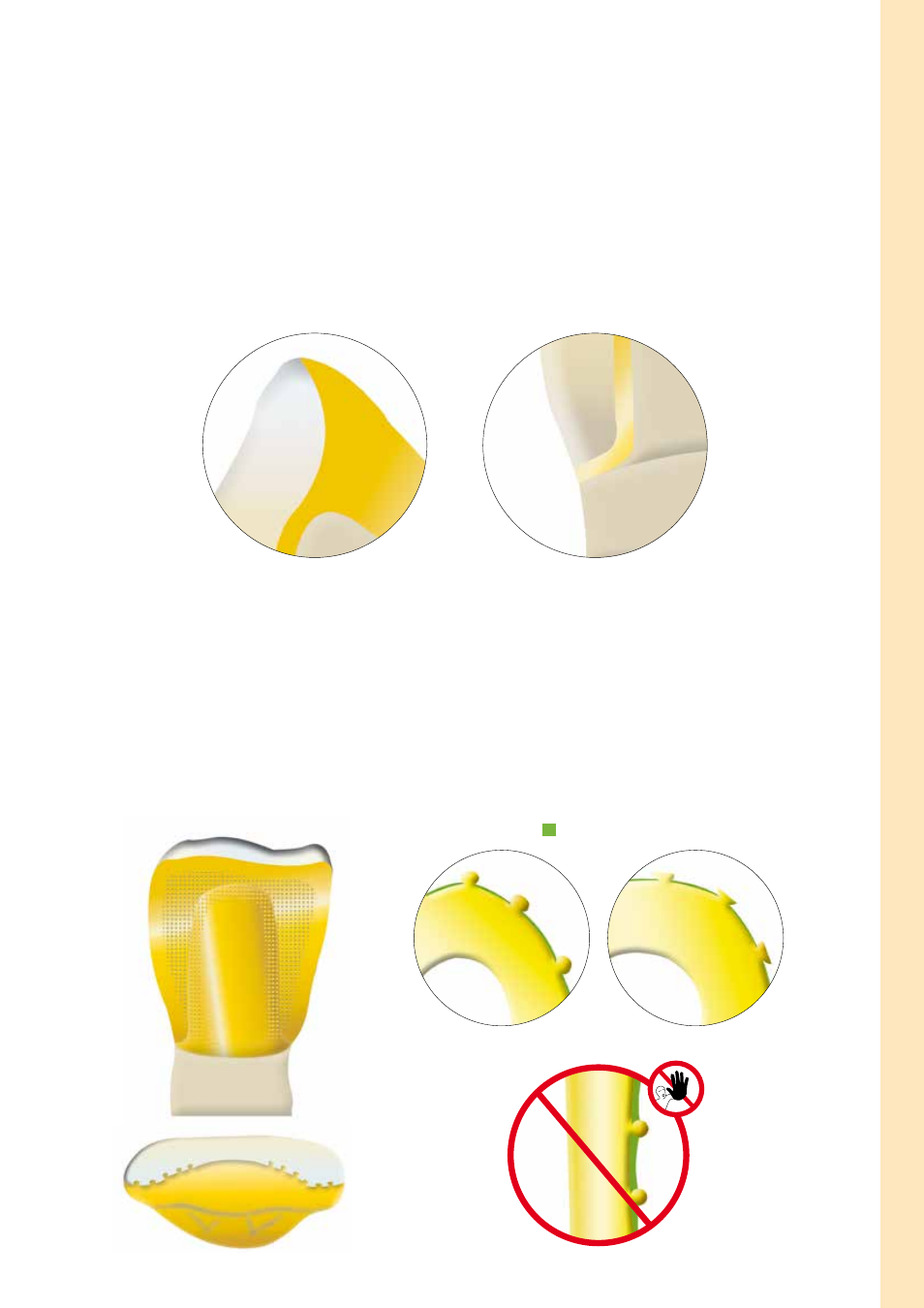Ivoclar Vivadent SR Nexco Paste User Manual
Page 29

29
4. Interface between metal and composite
the interface between the metal framework and the lab composite must be clearly defined, incorporate a right angle
finish line and use a chamfer or wraparound technique whenever possible. the transition areas between the metal frame-
work and the lab composite must not be located in the contact point areas nor on surfaces involved in masticatory
functions. furthermore, make sure that the interface between metal and lab composite in the cervical area does not
come into contact with the gingiva, particularly if a tapered crown margin is designed (i.e. no metal margin). In this way,
irritation of the gingiva can be prevented. the interface in the interdental area must be designed in such a way that
cleaning of these difficult-to-access areas is possible.
5. Correct application of retention beads
It is basically advisable to apply retention beads to provide mechanical retention in addition to the chemical bond with
Sr Link. If space is limited, it may not always be possible to apply retention beads or they may only be applied in certain
areas. therefore, retention beads can be applied locally to the bonding surfaces without compromising the space
available or the esthetic appearance of the restoration in particular. the retention adhesive should be applied in as thin a
coating as possible so that the retention beads are not completely immersed in adhesive and enough surface area for
mechanical retention is provided. after casting, the retention beads may be reduced by half of their size (equator) to
preserve a sufficiently large retentive area.
Retention Adhesive (schematic)
Practical Procedure
– Fixed, Metal-Supported Restorations
